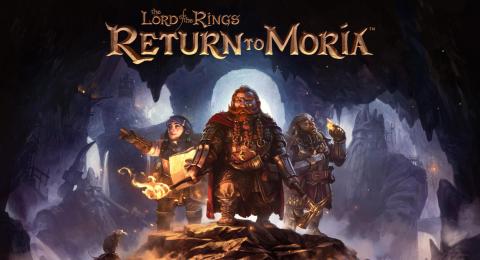
Nvidia's new RTX Turing graphics are supposed to be great at ray tracing, but nobody knows how good really, because the technology it uses to make those pretty light effects happen is currently only possible using its specialized hardware and software. There's nothing stopping AMD cards from doing the same, other than developers programming for it. That's why a third-party, unbiased benchmark like a new 3Dmark, would help us see how capable these cards really are.
Set to debut for the first time on December 8, the Port Royal benchmark is designed specifically around showcasing ray tracing. How pretty it is, how complex it is, and most importantly, how capable modern day hardware is at rendering it. Nvidia's RTX cards may well prove to be the most capable, but AMD Vega has shown itself equally good at ray tracing if the Vulkan API is used, so depending on how UL Benchmarks (formerly Futuremark) puts this new benchmark together, it could be an interesting comparison of modern technology.
An interesting note appeared in UL's release for the benchmark, highlighting that Nvidia's more mid-range GPUs may offer basic ray tracing in 2019.
"Port Royal will run on any graphics card with drivers that support DirectX Raytracing," says the UL release. "As with any new technology, there are limited options for early adopters, but more cards are expected to get DirectX Raytracing support in 2019."
While that may prove to be the case, we don't expect them to be very capable. Early in-game results with ray tracing in titles like Shadow of the Tomb Raider, highlight that even a 2080 Ti can only manage playable frame rates at 1080P with ray tracing enabled. We wouldn't expect an RTX 2060 to be any good at all.
Then again, maybe it's talking about Navi. What do you think?








